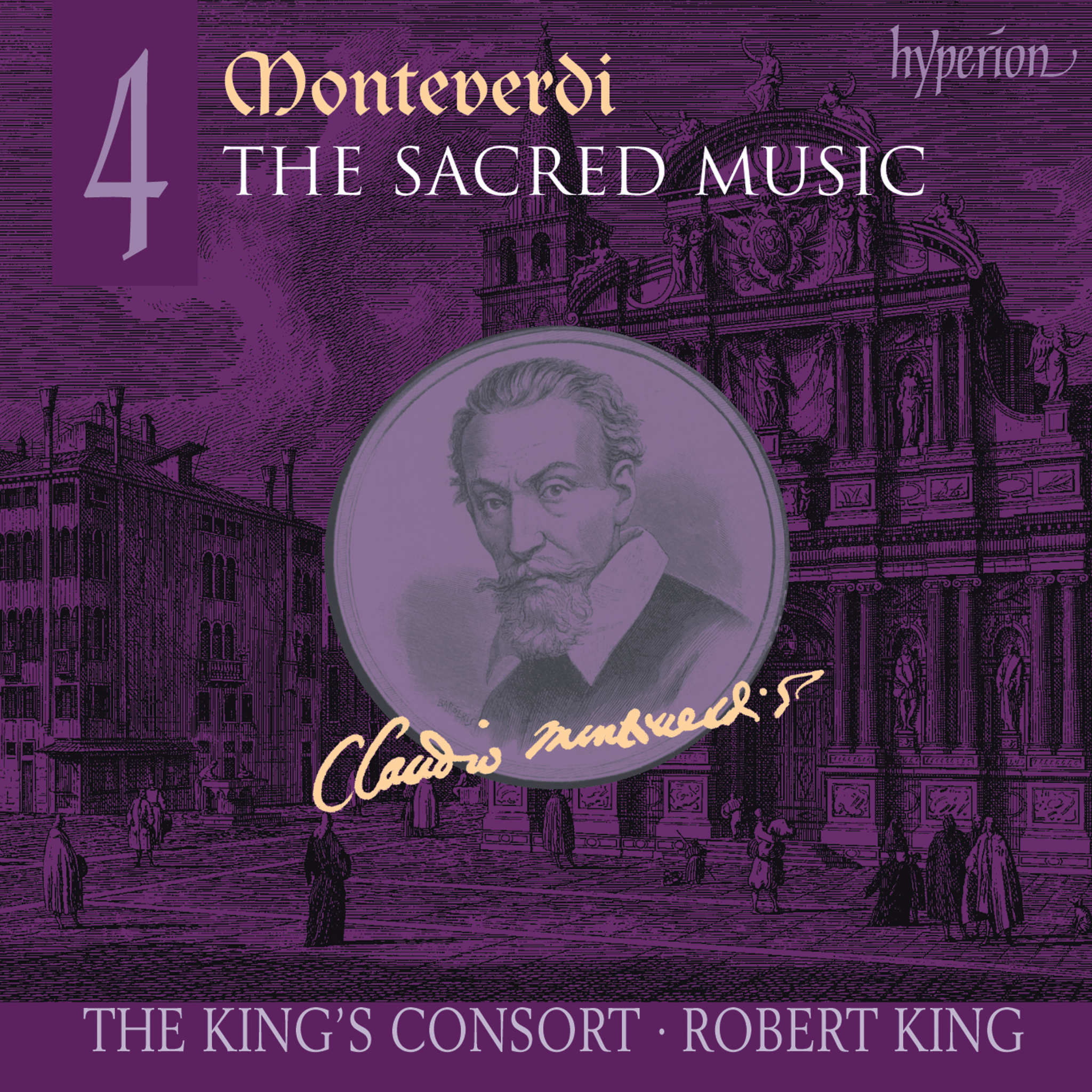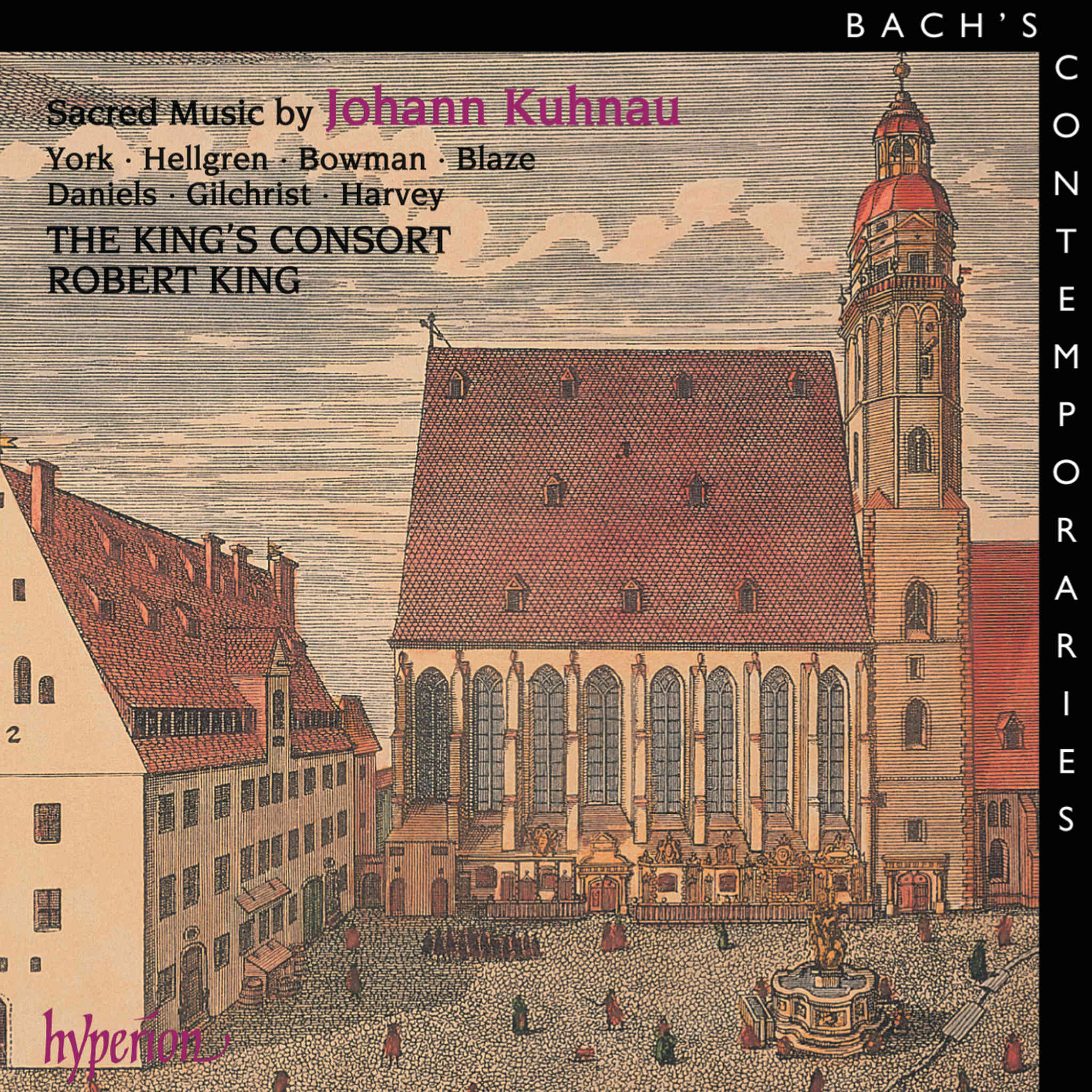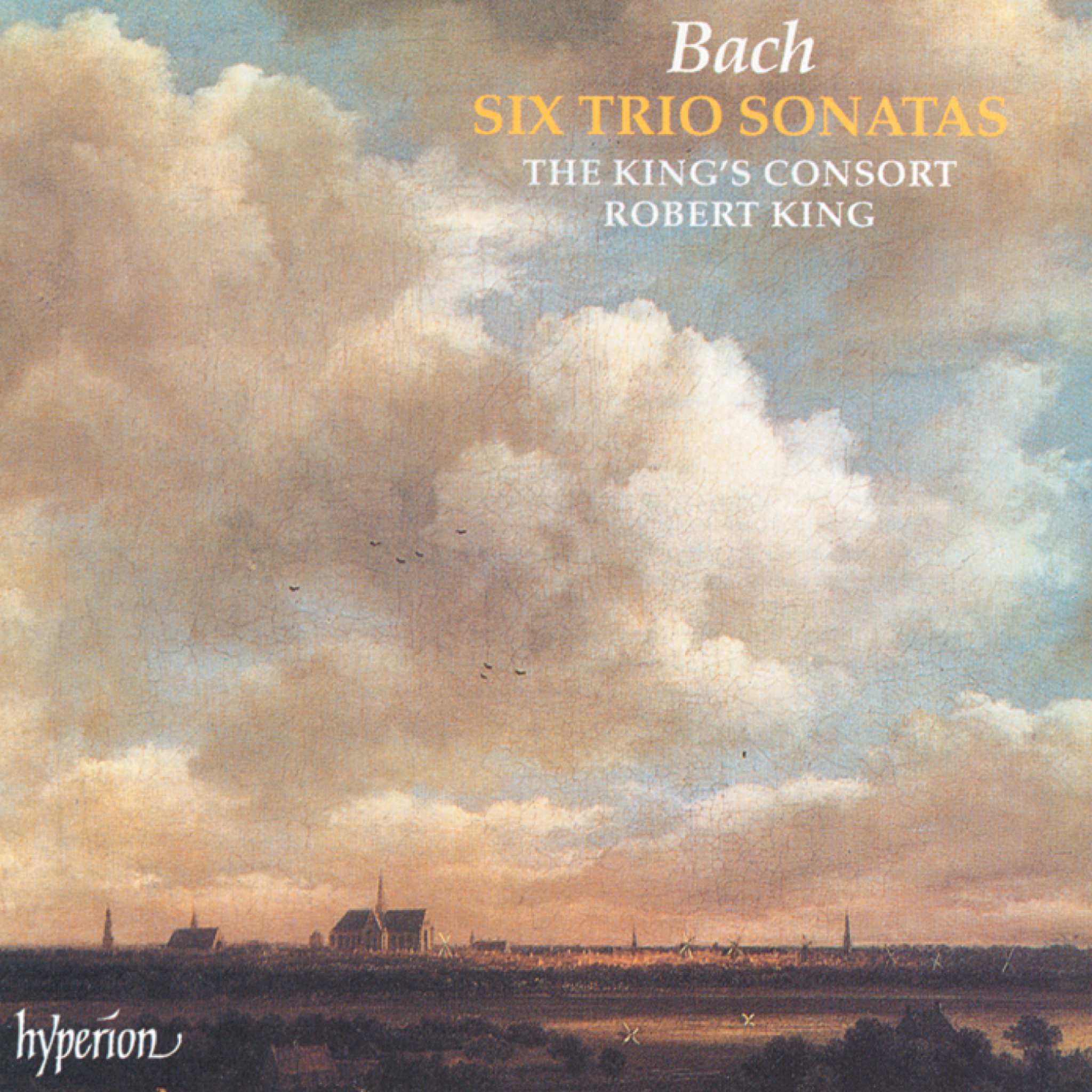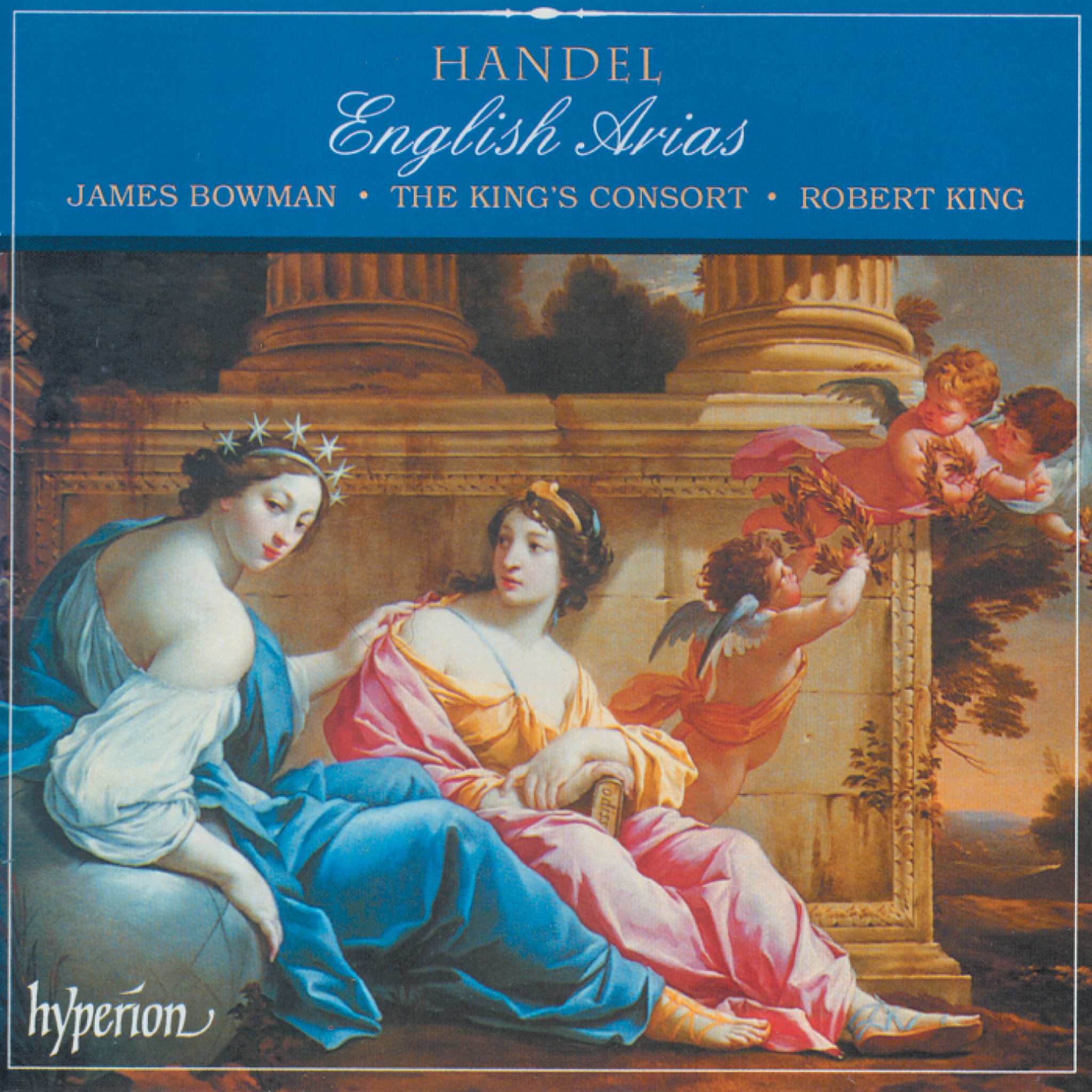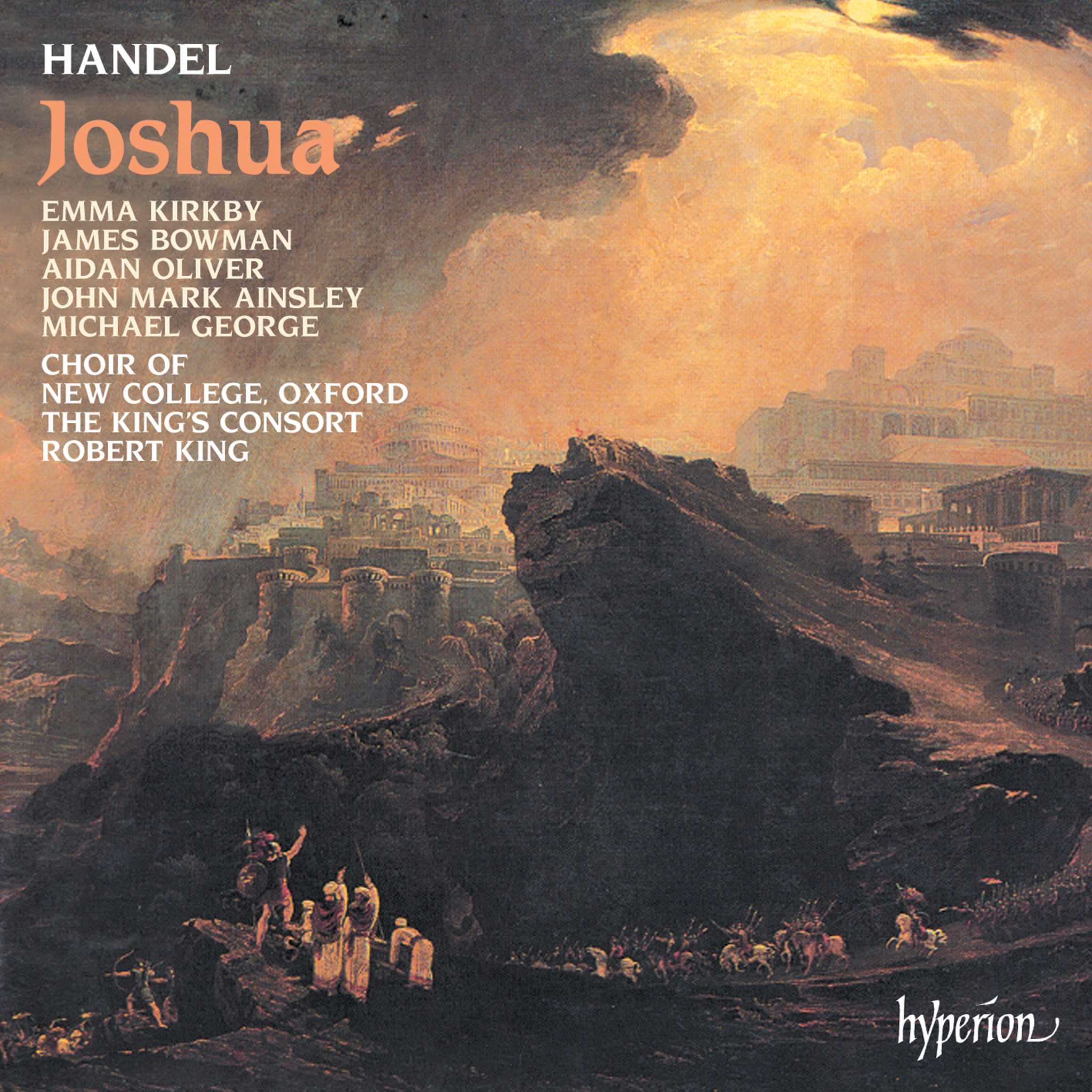Album insights
In the early years at the court of Prince Nikolaus Esterházy, where he began his service in 1761, Haydn utilized his freedom to experiment and advance his symphonic technique. It was only in the late 1760s and early 1770s, within works like Op. 20 quartets and around a dozen symphonies, that his true originality emerged.
Symphony No. 49, despite its numbering as the oldest of the three discussed here, was created in 1768, marking a pivotal moment in Haydn's symphonic evolution. This symphony fused a relatively outdated form, the church sonata, with notably modern emotional depth. Titled "La Passione", indicating its likely performance during Lent, possibly on Good Friday, when secular music was frowned upon.
Considered a prime example of Haydn's "Sturm und Drang" works, Symphony No. 49, together with contemporaneous No. 26, reveals his adeptness at resonating with the cultural movements of his time, predating the Romantic era. The piece's emotional intensity, with all four movements in F minor except for the Minuet trio in F major, conveys a sense of personal anguish rather than collective emotion.
Symphonies No. 48 and 50 exhibit grandeur in C major, akin to Bach's D major—an indicator of festive compositions in Haydn's repertoire. Number 48, composed in 1769 but reserved until 1773 for welcoming the widowed Empress Maria Theresa at Eszterháza, radiates regal splendor from its outset, with intricate structures hinting at impending "Sturm und Drang" elements. Symphony No. 50, though chronologically close to No. 48, features a blend of older and newer styles, showcasing both Haydn's early and more recent compositional techniques.
In No. 50, created in 1773, Haydn creatively intertwines traditional and more contemporary elements within an overarching structure. Unlike his later Paris and London symphonies, this piece deviates by including a slow introduction, echoing the "Sonata da chiesa" style previously seen in Symphony No. 49. Throughout, the symphony shifts from varied orchestrations to a more string-dominated scheme reminiscent of Haydn’s early works, with minimal oboe influence and melodic doublings by cellos. The Menuet and Trio sections are innovatively crafted, integrating transition passages within the main structure, while the Finale closes with a serious Presto accentuated by a whimsical Coda.

